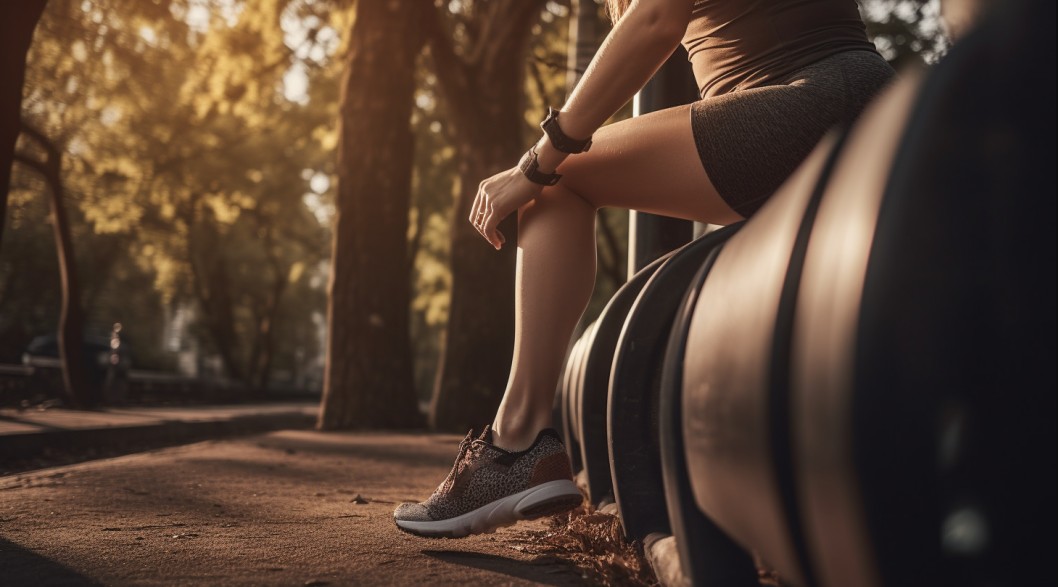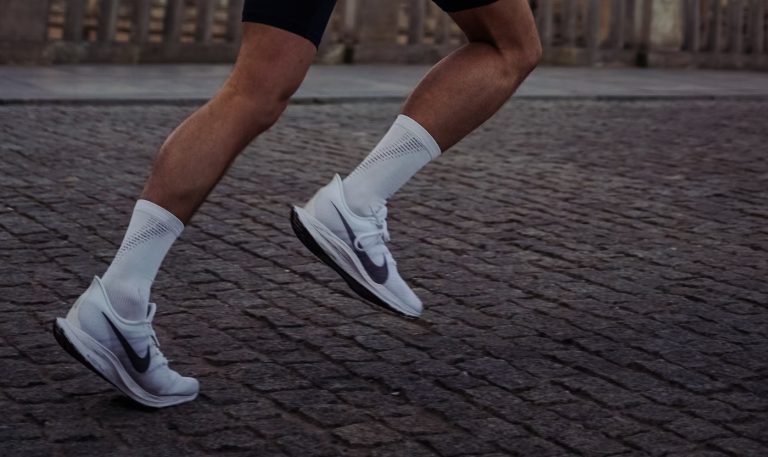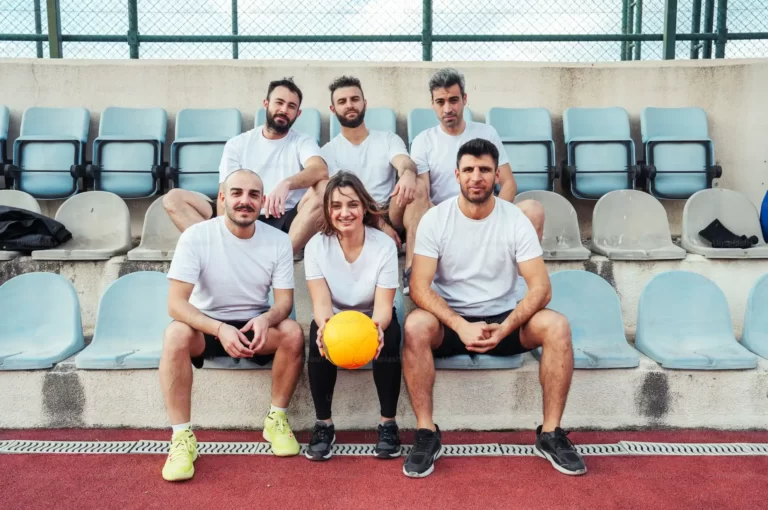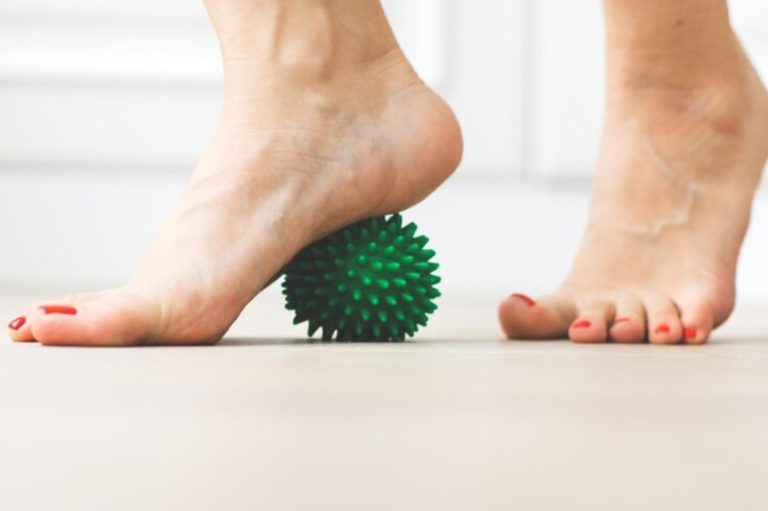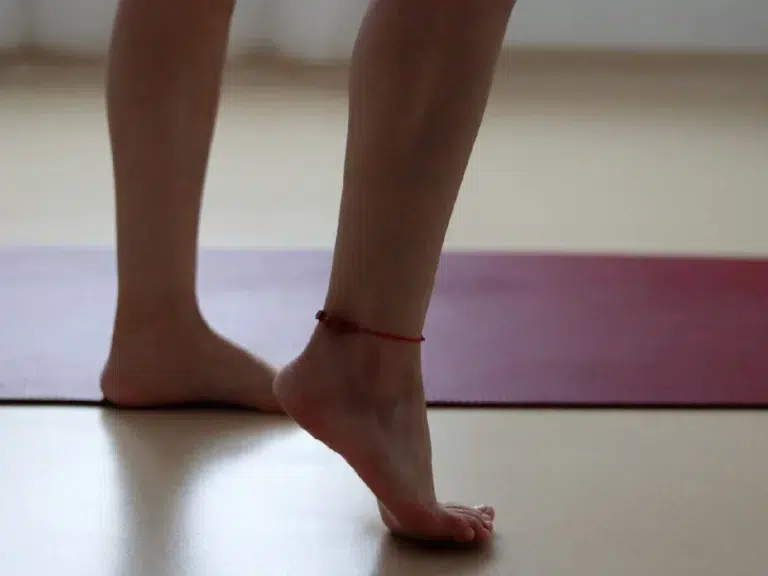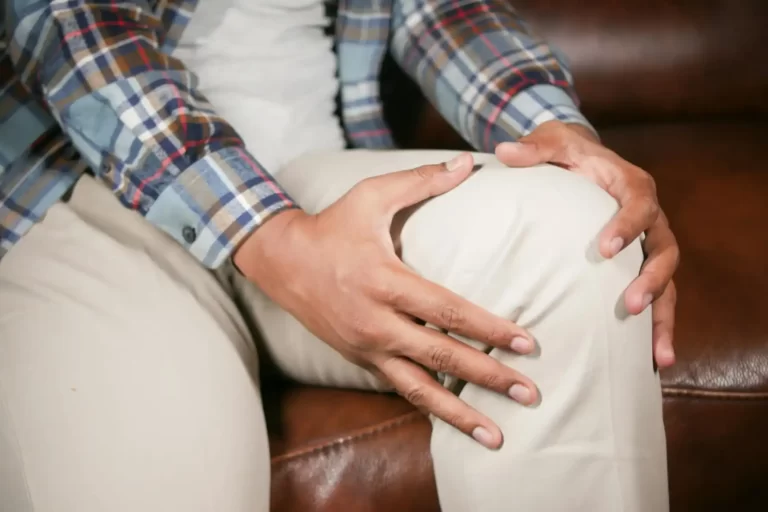Dealing with Knee Pain from Leg Press: Causes, Prevention, and Treatment
Knee pain can be a common issue experienced by individuals who engage in leg press exercises. In this article, we will explore the causes of knee pain, prevention techniques, and various treatment options available to alleviate discomfort and promote recovery. By understanding these aspects, you can effectively deal with knee pain associated with leg press exercises and continue your fitness journey.
1. Understanding Leg Press Exercises
Leg press exercises are popular among gym-goers as they target multiple muscle groups, including the quadriceps, hamstrings, and glutes. The exercise involves pushing a weighted sled away from the body using the feet while seated on a leg press machine. This movement mimics a squat-like motion and allows for controlled resistance training.

2. Causes of Knee Pain from Leg Press
Incorrect Form and Technique
One of the main causes of knee pain during leg press exercises is using incorrect form and technique. Improper positioning, such as allowing the knees to cave inward or applying excessive pressure on the toes, can put unnecessary stress on the knee joint. This can lead to pain and discomfort during and after the workout.
Overload and Excessive Weight
Applying too much weight or increasing the resistance too quickly can also contribute to knee pain. When the knees are subjected to a higher load than they can handle, it can result in strain on the ligaments, tendons, and muscles surrounding the knee joint. Gradually increasing the weight and resistance allows the body to adapt and reduce the risk of injury.
Pre-existing Knee Conditions

Individuals with pre-existing knee conditions, such as osteoarthritis or ligament injuries, may be more susceptible to knee pain during leg press exercises. The added stress on the knees can aggravate these conditions and cause discomfort. It is important for those with pre-existing conditions to seek guidance from a healthcare professional before engaging in leg press exercises.
3. Prevention Techniques for Knee Pain
To minimize the risk of knee pain during leg press exercises, consider the following prevention techniques:
Importance of Proper Warm-up and Stretching
Before starting your leg press routine, it is essential to warm up your muscles and prepare your knees for the workout. Engage in dynamic stretching exercises that focus on the lower body, such as leg swings and lunges. This helps increase blood flow, improve flexibility, and reduce the risk of injury.

Maintaining Proper Form and Technique
Proper form and technique play a crucial role in preventing knee pain. When performing leg press exercises, keep your knees aligned with your toes throughout the movement. Avoid excessive inward or outward collapsing of the knees. Additionally, maintain a stable and neutral spine position to distribute the load evenly.
Gradual Progression and Avoiding Overloading
Gradually increasing the weight and resistance on the leg press machine allows your muscles and joints time to adapt. Avoid the temptation to push beyond your limits too quickly, as it can overload your knees and increase the risk of pain or injury. Listen to your body and progress at a comfortable and manageable pace.
4. Treatment Options for Knee Pain
If you are experiencing knee pain from leg press exercises, there are several treatment options that can help alleviate discomfort and promote recovery. Consider the following approaches:
Rest and Recovery
Taking a break from leg press exercises and allowing your knees to rest is crucial for recovery. Avoid any activities that worsen the pain. Adequate rest helps reduce inflammation and gives your body time to heal.
Ice and Compression Therapy
Applying ice packs to the affected area for 15-20 minutes every few hours can help reduce pain and inflammation. Additionally, consider using compression bandages or knee braces to provide support and reduce swelling. These therapies can aid in the healing process and alleviate discomfort.
Physical Therapy and Strengthening Exercises
Working with a physical therapist who specializes in knee rehabilitation can be beneficial for addressing knee pain. They can guide you through targeted exercises aimed at strengthening the muscles around the knees, improving flexibility, and enhancing stability. Physical therapy can help reduce pain and prevent future discomfort.
Use of NSAIDs for Pain Relief
Over-the-counter non-steroidal anti-inflammatory drugs (NSAIDs), such as ibuprofen or naproxen, can help reduce pain and inflammation in the knee joint. However, it is important to consult a healthcare professional or a pharmacist before taking any medications to ensure they are appropriate for you and to discuss any potential side effects.
5. Safe and Effective Leg Press Practices
To ensure safe and effective leg press exercises that minimize knee pain, consider the following tips:
Adjusting Seat Position for Proper Alignment
Position the seat of the leg press machine so that your knees are at a comfortable and natural angle. Avoid excessive flexion or extension that strains the knee joint. The goal is to find a position that allows for a full range of motion without compromising joint health.
Proper Foot Placement on the Footplate
Place your feet at an appropriate width on the footplate to maintain balance and stability. Avoid positioning your feet too high or too low on the footplate, as it can affect the alignment of the knee joint. Focus on keeping your feet flat and distributing the pressure evenly across the entire foot.
Maintaining a Controlled Range of Motion
Perform leg press exercises through a comfortable and controlled range of motion. Avoid excessive bending or straightening of the knees that may strain the joint. Listen to your body and only go as far as you can without experiencing pain or discomfort.
Conclusion
In conclusion, knee pain from leg press exercises can be effectively managed through a combination of prevention techniques and treatment options. By understanding the causes of knee pain, implementing prevention strategies, and seeking appropriate treatment, individuals can continue to engage in leg press exercises without discomfort. Prioritize proper form and technique, gradually increase resistance, and listen to your body to avoid strain on the knee joints.
FAQs about Knee Pain from Leg Press
- Q: Can leg press exercises cause permanent damage to the knee joint?
- A: Leg press exercises, when performed correctly and with proper technique, are generally safe. However, if you experience persistent or worsening knee pain, it is recommended to consult a healthcare professional for evaluation.
- Q: How long should I rest if I have knee pain after leg press exercises?
- A: The duration of rest may vary depending on the severity of the knee pain. It is best to listen to your body and rest until the pain subsides. If the pain persists or worsens over time, consult a healthcare professional for further evaluation.
- Q: Can I still perform leg press exercises if I have pre-existing knee conditions?
- A: Individuals with pre-existing knee conditions should consult with a healthcare professional before engaging in leg press exercises. In some cases, modifications or alternative exercises may be recommended to avoid exacerbating the condition.
- Q: Is it necessary to consult a physical therapist for knee pain from leg press exercises?
- A: While it is not always necessary, consulting a physical therapist can be beneficial. They can assess your condition, provide personalized exercises to strengthen the muscles around the knee, and guide you through a safe and effective recovery process.
- Q: Can knee pain from leg press exercises be prevented entirely?
- A: While it may not be possible to completely prevent knee pain, following proper form, technique, warm-up routines, and gradually progressing the resistance can significantly reduce the risk of knee pain during leg press exercises.

